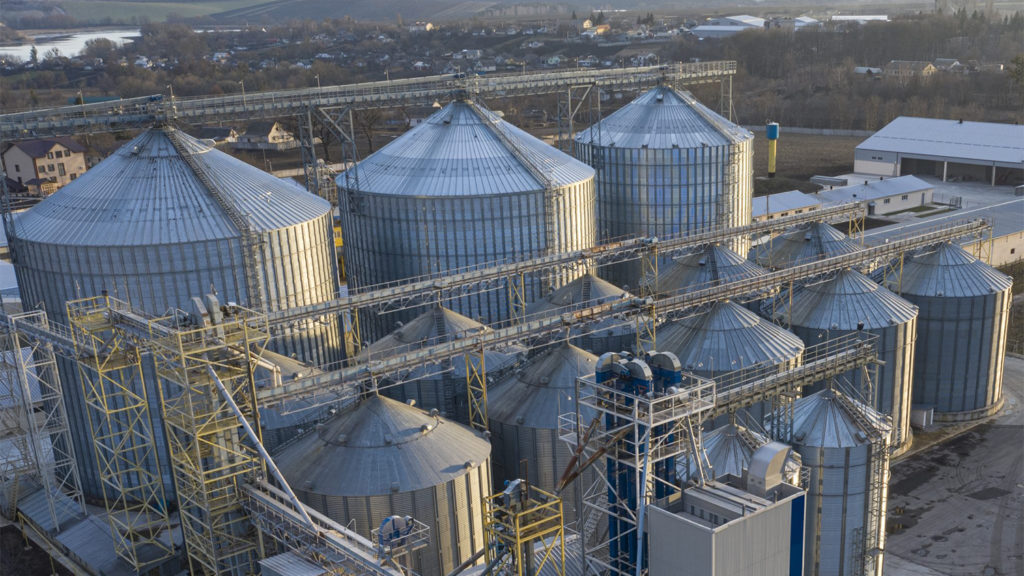Feed Mills Nourish Animals, State Economies
go.ncsu.edu/readext?745895
en Español / em Português
El inglés es el idioma de control de esta página. En la medida en que haya algún conflicto entre la traducción al inglés y la traducción, el inglés prevalece.
Al hacer clic en el enlace de traducción se activa un servicio de traducción gratuito para convertir la página al español. Al igual que con cualquier traducción por Internet, la conversión no es sensible al contexto y puede que no traduzca el texto en su significado original. NC State Extension no garantiza la exactitud del texto traducido. Por favor, tenga en cuenta que algunas aplicaciones y/o servicios pueden no funcionar como se espera cuando se traducen.
Português
Inglês é o idioma de controle desta página. Na medida que haja algum conflito entre o texto original em Inglês e a tradução, o Inglês prevalece.
Ao clicar no link de tradução, um serviço gratuito de tradução será ativado para converter a página para o Português. Como em qualquer tradução pela internet, a conversão não é sensivel ao contexto e pode não ocorrer a tradução para o significado orginal. O serviço de Extensão da Carolina do Norte (NC State Extension) não garante a exatidão do texto traduzido. Por favor, observe que algumas funções ou serviços podem não funcionar como esperado após a tradução.
English
English is the controlling language of this page. To the extent there is any conflict between the English text and the translation, English controls.
Clicking on the translation link activates a free translation service to convert the page to Spanish. As with any Internet translation, the conversion is not context-sensitive and may not translate the text to its original meaning. NC State Extension does not guarantee the accuracy of the translated text. Please note that some applications and/or services may not function as expected when translated.
Collapse ▲image from Economic Impact of a New Poultry Feed Mill in Alabama/Getty Images
Did you know? Here in North Carolina, livestock, dairy and poultry make up 68.5% of the agricultural receipts. That’s a lot of animals and they all need to eat.
According to the U.S. Animal Feed and Pet Food Manufacturing Industry Economic Contribution Study, prepared for The Institute for Feed Education & Research (iFEEDER) in 2017, animal feed and pet food manufacturing in our state
- supports 23,685 jobs,
- contributes $541 million in taxes and
- reports $7.39 billion in sales.
Those are impressive numbers! Have you ever wondered how much one facility adds to a state’s economy?
A team of Alabama Cooperative Extension System extension specialists from Auburn University (including NC State PDPS alum Wilmer Pacheco) recently shared their analysis (Economic Impact of a New Poultry Feed Mill in Alabama) of how much one poultry feed mill will contribute to Alabama’s economy.
The analysis shows that in the first year of operation alone, the mill will
- support 499 jobs,
- contribute $5.4 million in taxes and
- report $207 million in sales.
It’s a big mill, expected to produce 10,000 tons of feed each week. And it will do a lot for its state. Download the analysis (two pages).
Back home here in North Carolina, we have a lot of feed mills. At least 130! We have all kinds of facilities and every one adds economic value.
If you’d like to know more about feed mills in North Carolina, follow our news for updates (including some exciting projects in the works), take a virtual tour of NC State’s very own feed mill and contact Marissa Herchler or Adam Fahrenholz with questions.



